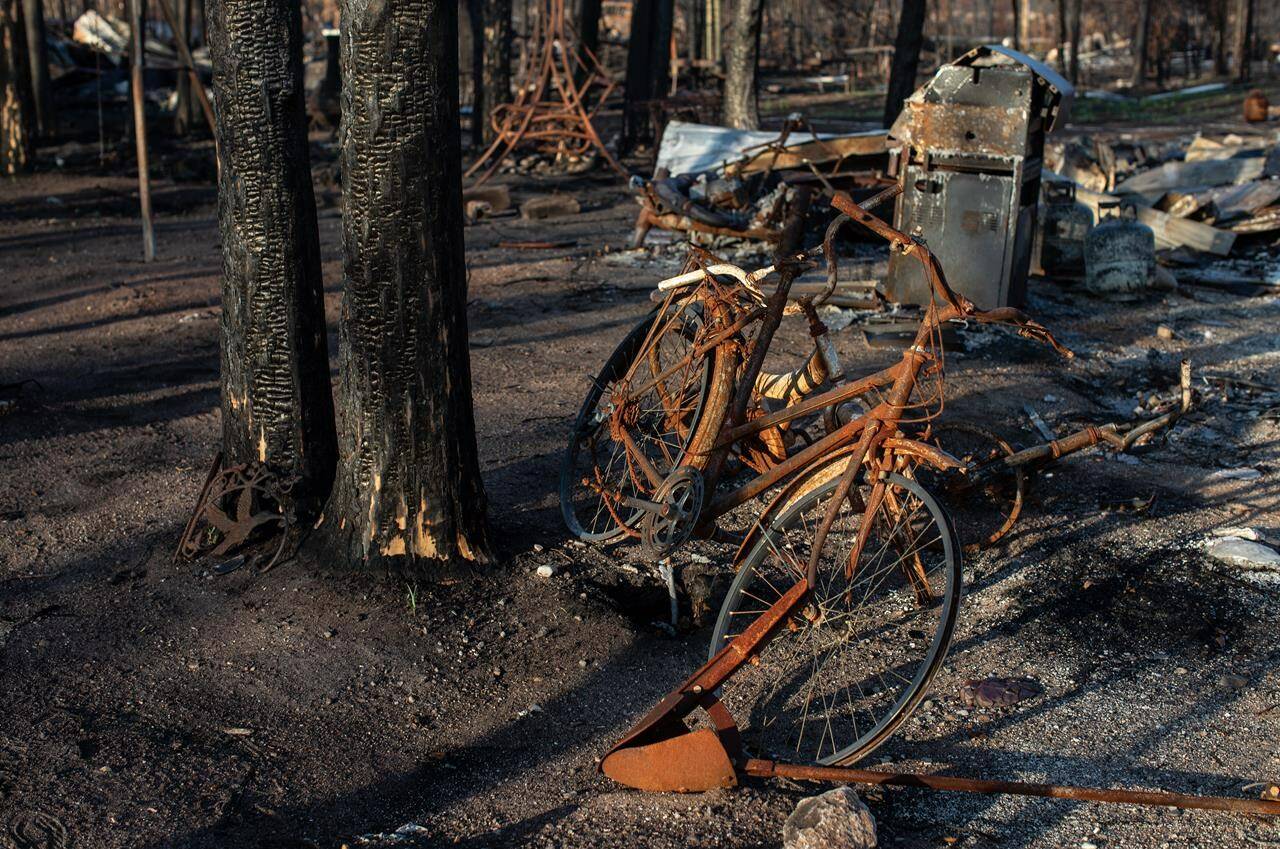Persistent drought and months of above-average temperatures have raised the risk of a repeat of last year’s record-breaking wildfires, prompting federal ministers to wave a red warning flag about the desperate need to address climate change.
“We can expect that the wildfire season will start sooner, end later and potentially be more explosive,” Emergency Preparedness Minister Harjit Sajjan told a news conference Wednesday.
The 2023 fire season was Canada’s worst on record, burning more than 15 million hectares and forcing more than 230,000 people from their homes.
It also created unprecedented smoke conditions across much of the country and into the United States.
A briefing document forecasting the fire risk for the spring shows conditions are already ripe this year for an early and above-normal fire risk from Quebec all the way to British Columbia in both April and May.
The forecast is based on having had a warmer than normal winter with minimal snow and widespread drought particularly in the Prairies. There is also a high probability for above normal temperatures in April, May and June.
There are already about 70 fires burning, mainly in B.C., Alberta and the Northwest Territories. Most of those are actually fires that started in 2023, smouldered underground throughout the winter and have since re-emerged.
Human activity is typically the main fire risk factor in the spring, said Michael Norton, the director general of the Northern Forestry Centre at Natural Resources Canada.
That can include careless burning, campfires, fireworks, and the heat from off-road vehicles igniting grass or other debris on the ground. Lightning becomes a primary source of wildfires during the summer.
Sajjan said Canada has been working for months to prepare for the upcoming season, and promised additional funding for firefighting equipment and training.
Ottawa is also responding to the need for more hands on deck by doubling the tax credit for volunteer firefighters from $3,000 to $6,000.
Ken McMullen, president of the Canadian Association of Fire Chiefs, said it’s not quite what the chiefs had asked for, but he was nevertheless glad to hear Ottawa acknowledge the important work of volunteers.
“While this particular credit most benefits volunteer firefighters, there is a ripple effect to the entire fire service,” McMullen said in an interview.
“Although it’s not quite where we wanted it to be, we are recognizing this as a positive move in the right direction.”
McMullen said the association will continue to make the case for a $10,000 tax credit, which he said is an amount that reflects the high cost of living as well as the vital role volunteer firefighters play in protecting Canadians.
READ ALSO: B.C.’s snowpack lowest it’s been since 1970, raising risk of drought
READ ALSO: B.C. to open first-of-its-kind wildfire training, education centre in Kamloops

